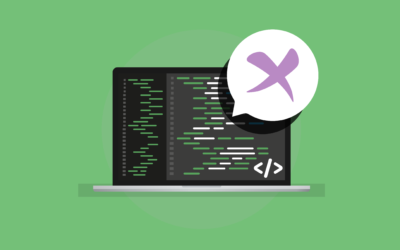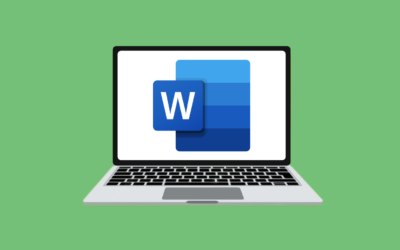Lean Methodology and Document Automation
Lean Methodology and Document Automation
What is does it mean to be lean?
Plain and simple, Lean methodology means maximizing customer value (output) while minimizing wasted input. Rather than focusing on a few processes, or links in an operation, Lean thinking takes a wholistic view, trying to reduce costs, and wasted time in any of the small steps in a process, and through these combined efforts, increase the overall value of your output. It is clear then, that a comprehensive Document / Contract Lifecycle Management (CLM) solution which provides an automated end-to-end document management features should be a natural tool for managers seeking to implement a Lean philosophy in their workplace. But just how does CLM software help forward Lean goals?
1. Lean Principle: Eliminate Waste
- Paperless Offices – All too often, reams of paper are unnecessarily printed. Not only is the terrible for the environment, but documents are revised and marked up so often, that more than likely it will end up in the recycling bin. Even storing physical versions final executed documents can quickly add up in expensive real estate. Electronic Signature solutions, and detailed Document Records reduce this waste.
- Time – Automation, by definition, will save time. Automated Document Assembly tools for instance, can cut up to 90 percent of the time of “manual” drafting.
2. Lean Principle: Create Knowledge
- Document Records – Automated CLM solutions provide comprehensive database features like Categories and Properties which allow users to organize documents efficiently, making them easy to find at any stage of the lifecycle.
- Reporting and Data Analytics – These document records, and the information about the documents can be used to power strong reporting and analytics tools. This added benefit is one highly valued by managers who want to develop insights into their operations.
3. Lean Principle: Build Quality In
- Automated Data Extraction – Data is king. Automatically pulling data from documents can bring many benefits, including:
- Summaries – Concise document descriptions populate the document records, making it even easier to locate and report on the document database.
- Deadline Notices – Key dates, including payment dates, expiration and renewal dates, and more can be extracted and set up as automated notifications, kicking off preconfigured automated actions.
- Audit Trail – Any action made to a document is recorded by CLM software. This includes changes to the text of a document, approvals, downloads, and more.
- Favorites – The way data is used to populated one form can be saved, and used again to complete similar forms, helping users save even more time.
4. Lean Principle: Respect People.
- Data Entry – Contract lifecycle management takes care of tasks that require accuracy but are repetitive. Although these tasks require an ability to focus and pay attention to detail, they can prove mind-numbing. Freeing people from working on these mundane tasks allows them to work on more interesting, and value adding work, to the benefit of individual and company alike.
5. Lean Principle: Optimize The Whole
By definition, Contract Lifecycle Management takes a comprehensive view of everything that happens to a document from initial assembly to execution and storage. Automation reduces waste, and innovative document management add value.
More Weekly Articles



















